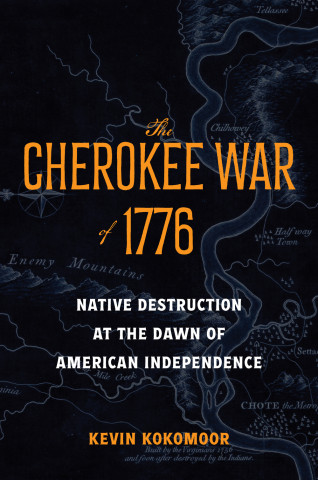
Reviews
Presents a number of important Americanist scholars doing substantial and thought-provoking work. These scholars rethink responses to canonical works and come to important new undertsandings of women's and African American writing.
Presents a number of important Americanist scholars doing substantial and thought-provoking work. These scholars rethink responses to canonical works and come to important new undertsandings of women's and African American writing... Readers in History suggests that new attention to the social dynamics of reading will generate important new understandings of nineteenth-century American literature.
Book Details
Introduction: Readers/Texts/Contexts
Part I: Theory and the Historicizing of Reading Practices
Chapter 1. Misreading as a Historical Act: Cultural Rhetoric, Bible Politics, and Fuller's 1845 Review of
Introduction: Readers/Texts/Contexts
Part I: Theory and the Historicizing of Reading Practices
Chapter 1. Misreading as a Historical Act: Cultural Rhetoric, Bible Politics, and Fuller's 1845 Review of Douglass's Narrative
Chapter 2. Sweet Away: Henry James, Margaret Fuller, and "The Last of the Valerii"
Chapter 3. Historical Hermeneutics and Antebellum Fiction: Gender, Response Theory, and Interpretive Contexts
Chapter 4. Feminism, New Historicism, and the Reader
Part II: Reading Communities and the Contexts of Inscribed Audience
Chapter 5. Cooper's Allegories of Reading and "the Wreck of the Past"
Chapter 6. The Address of The Scarlet Letter
Chapter 7. Poetry Readers and Reading in the 1890s: Emily Dickinson's First Reception
Chapter 8. Probable Readers, Possible Stories: The Limits of Nineteenth-Century Black Narrative
Part III: Reading and Writing Against the Grain: Race, Gender, and Response
Chapter 9. Uncle Tom's Cabin and Antebellum Black Response
Chapter 10. Reading Before Marx: Margaret Fuller and the New-York Daily Tribune
Chapter 11. Responding to the Text(s): Women Readers and the Quest for Higher Education
Notes on Contributors





